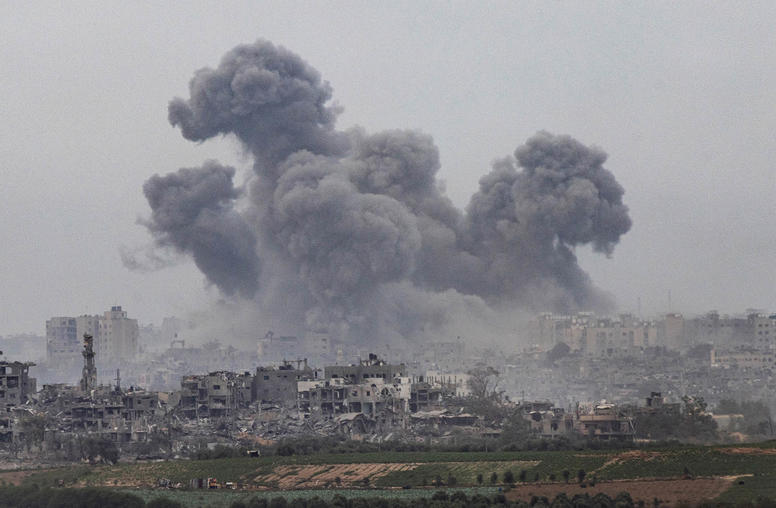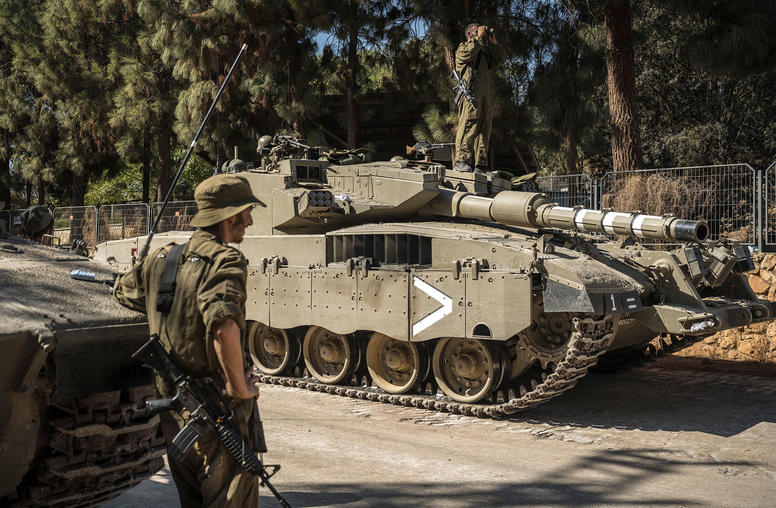Putting Lebanon Back Together
Although the fate of the UN-brokered ceasefire in Lebanon and Israel remains unclear, attention is turning to the daunting task of rebuilding Lebanon after the fighting stops. Over the past month, much of Lebanon’s civilian infrastructure, including roads, bridges, and power plants, has been destroyed. Even if the ceasefire holds, the reconstruction effort faces the dual challenge of rebuilding physical infrastructure and repairing a domestic political framework deeply shaken by the conflict. Moreover, the reconstruction effort—like the fighting—will be complicated by competition from outside actors seeking influence in Lebanon.
How should Lebanon be put back together? What are the priorities? Who should lead the effort? What is the Lebanese government planning to do? What role is there for the UN and the West? How can Arab states like Saudi Arabia contribute? What role is Iran seeking?
Speakers
- William J. Garvelink
U.S. Deputy Assistant Administrator at the U.S. Agency for International Development - David Schenker
Senior Fellow at the Washington Institute for Near East Policy - Hassan Mneimneh
Columnist for al-Hayat newspaper & Director of Documentation at the Iraq Memory Foundation - Oussama Safa
General Director of the Lebanese Center for Policy Studies in Lebanon - Jamal Saghir, Discussant
Director of Energy and Water at the World Bank - Patricia Karam, Moderator
Senior Program Officer at the U.S. Institute of Peace
Archived Audio
To listen to audio or to view video, please click on the links provided below. You also can right click on the links and choose "Save Target As" or "Download Linked File." This will save the file to your computer and then allow you to play it in your media player directly. More Audio Help.
- Listen to the audio from this event.
1:55:18 - 21MB



